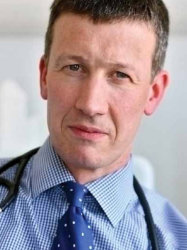BibTex format
@article{Macintyre:2021:10.1200/CCI.20.00075,
author = {Macintyre, G and Piskorz, AM and Berman, A and Ross, E and Morse, DB and Yuan, K and Ennis, D and Pike, JA and Goranova, T and McNeish, I and Brenton, JD and Markowetz, F},
doi = {10.1200/CCI.20.00075},
journal = {Journal of Clinical Oncology},
pages = {176--186},
title = {FrenchFISH: Poisson models for quantifying DNA copy-number from fluorescence in situ hybridisation of tissue sections},
url = {http://dx.doi.org/10.1200/CCI.20.00075},
volume = {5},
year = {2021}
}

